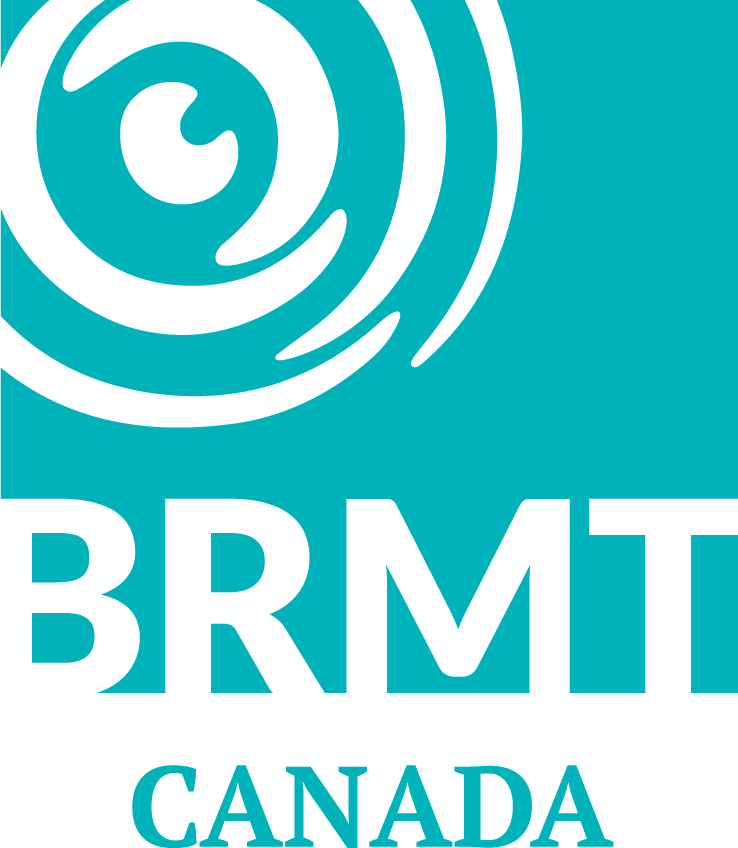BRMT Level Two In-Person: Emotions and Inner Leadership, the Limbic System
This in-person course teaches how to work with movements to be in contact with our emotions, and to stabilize emotions. In this course we also see the reflexes that especially affect our emotions: the Fear Paralysis Reflex, the Moro Reflex and the Tendon Guard Reflex. It is a necessary tool for anyone who wishes to […]
